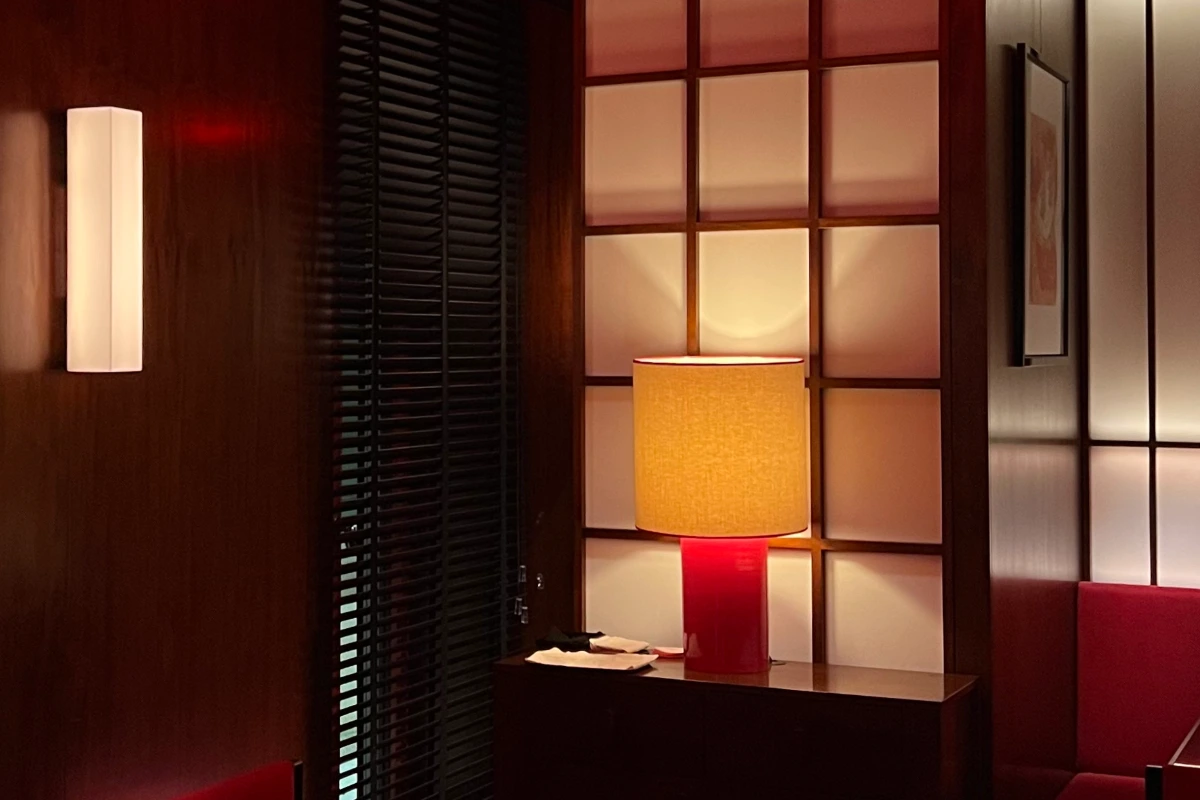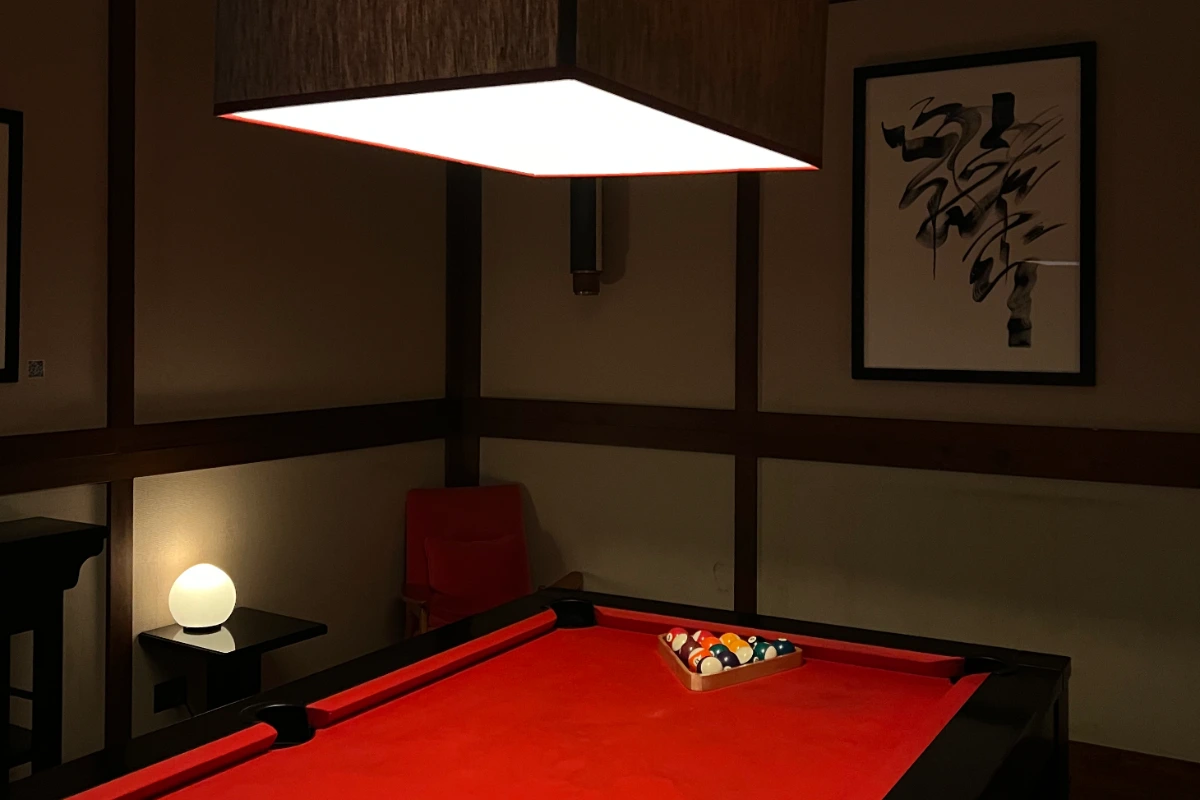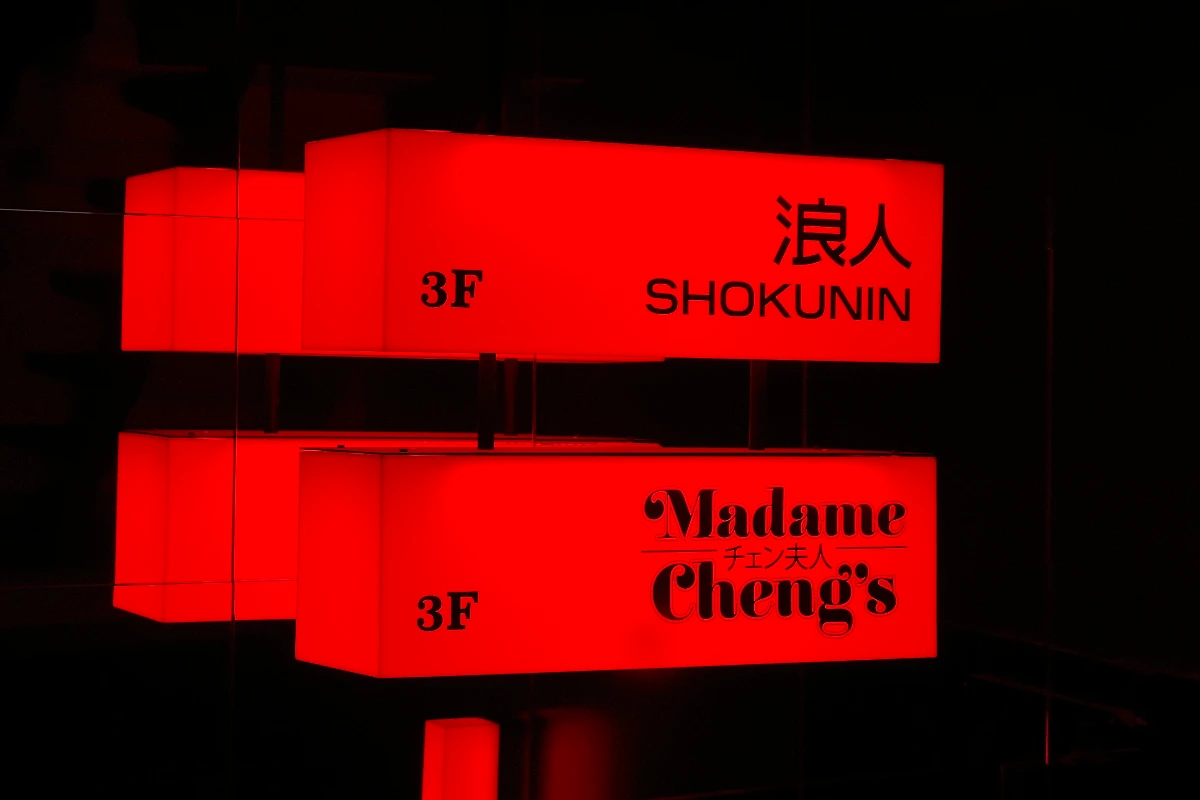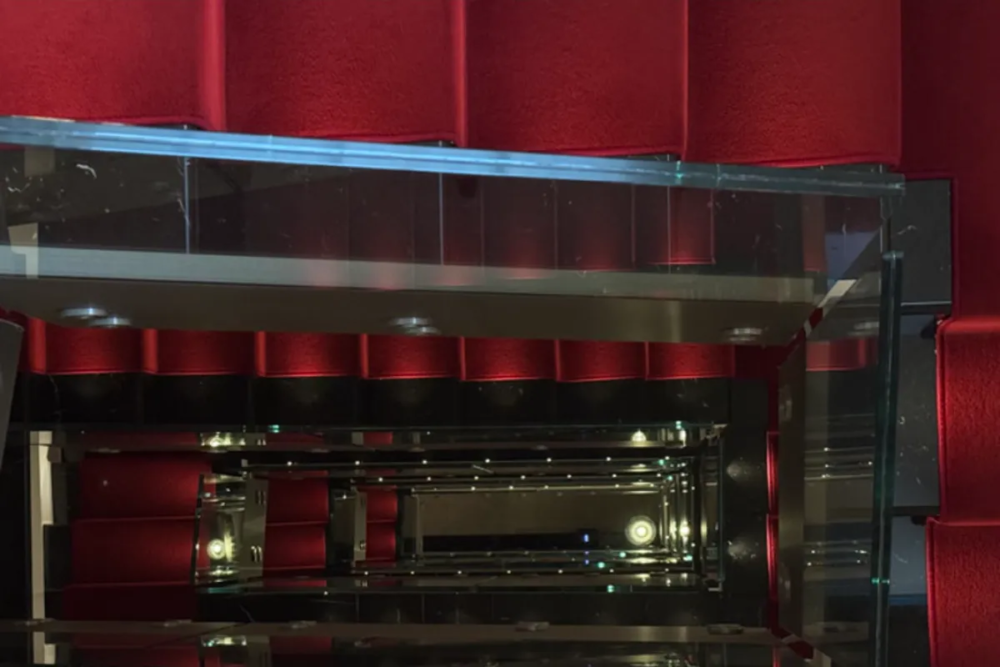
Ronin Milano reshaped a Milanese Liberty residence
From street-food informality to a private lounge, Ronin Milano layers gastronomy, music, karaoke and omakase across four floors, reflecting Tokyo echoes in the urban fabric of Chinatown
Ronin Milano: a Liberty building turned into four floors between Tokyo and Milan
At Via Vittorio Alfieri 17, in the part of Milan once known as Chinatown, Ronin occupies a Neo-Liberty residence reshaped by Salva Tu Alma and Studio SC+. The building’s domestic past is not hidden but reinterpreted: the house becomes a vertical journey, where each floor works as a chapter in a fragmented story between Tokyo and Milan.
The entrance opens into Piccolo Ronin, an izakaya translated into the Milanese street fabric. Informal plates, skewers, and a bar lined with vinyl echo the listening bars that appeared in Shinjuku and Shibuya in the 1960s, where food and music shared the same counter. A floor above, Ronin Robata Vol. 2 is organized around grills set into the tables. Guests cook meat themselves, a gesture reminiscent of yakiniku rituals in Osaka or Nagoya, where the act of grilling is as social as eating.
On the second floor, Madame Cheng’s opens into a different register: karaoke rooms where groups withdraw into private booths. Karaoke, a Japanese invention from the 1970s, is not just entertainment here but performance—small stages where anonymity turns into spectacle. Hidden behind it, Shokunin, an omakase counter of eight seats, insists on intimacy and repetition, the chef preparing dishes in front of the diners with the same cadence of a tea ceremony. The top floor, Arcade, folds Japanese cues into a members’ lounge, lined with reflective surfaces and dim light that recall both Blade Runner’s futurism and Tokyo’s underground bars.

From Wagyu rituals to shun: how meat, vegetables, and omakase shape Ronin’s kitchen
The Robata menu centers on meat: U.S. Black Angus, Australian and Spanish Wagyu, and rarer Japanese breeds such as Ozaki and Miyazaki. Cuts arrive certified, numbered, belonging to an international network of control and prestige. Vegetables follow another rhythm, shifting with the seasons, closer to the market than to the catalogue.
At Shokunin, the omakase counter, there is no fixed list. Plates change according to what is available that day. The approach recalls Japanese notions of shun—the seasonality of ingredients at their exact moment of maturity. Sake and cocktails are chosen with the same intent: not global labels, but independent breweries and distilleries, closer to craft than mass production.


Exposed iron, neon lights, and cinematic echoes of Japanese modernism
Ronin’s interiors are built from iron beams, brushed wood, mirrored mosaics, and neon strips. These materials are left exposed, rough yet precise, echoing Japanese modernism between the 1970s and 1990s. In those decades, architects like Kisho Kurokawa or Kenzō Tange imagined cities of glass and light, while cinema by Oshima or Kurosawa filmed neon streets as restless landscapes.
Across Ronin’s four floors, the same palette returns: reflections, raw surfaces, light that cuts through shadows. The izakaya, the robata, karaoke rooms, and lounge share this grammar. In Milan, the aesthetic does not mimic Tokyo but collides with a different context: a city of design fairs, industrial prototypes, and artisanal workshops, where objects are produced in limited series rather than in endless copies.

Climbing Ronin: a vertical storytelling between izakaya, robata, karaoke, and lounge
Climbing Ronin is like moving through frames of a film. The ground floor, open to the street, is fast and public. The robata above slows the rhythm, the table turning into a small stage where fire and smoke mark time. Karaoke and omakase on the second floor split into two directions: one collective, one intimate. The top-floor lounge closes with suspension, atmosphere replacing spectacle, the city visible only through reflections.
The setting in Chinatown matters. The district once dense with textile factories and import shops has been shifting for decades. Ronin inserts another layer, not by hiding its Japanese cues but by staging them against Milan’s own craft and design heritage. The result is hybrid: neither Tokyo transplanted, nor Milan disguised, but a dialogue of dissonances.

Listening bars, karaoke rooms, and sound as architecture in contemporary Milan
Music runs through the building. On the ground floor, vinyl sessions play without being background—they are part of the space, like in Tokyo’s jazz kissa. Upstairs, karaoke amplifies voices inside private rooms, sealed by soundproofing to keep noise from spilling into the neighborhood. Sound is treated as architecture, another material alongside iron and glass.
Ronin
Ronin Milano is a four-floor venue in a restored Liberty building in Milan’s Chinatown. It brings together an izakaya and listening bar, a robata with Wagyu cuts, karaoke and omakase rooms, and a private lounge. Interiors rely on exposed materials—iron, wood, mirrors, neon—and the narrative borrows from Japanese gastronomy and nightlife, filtered through Milan’s design culture.








